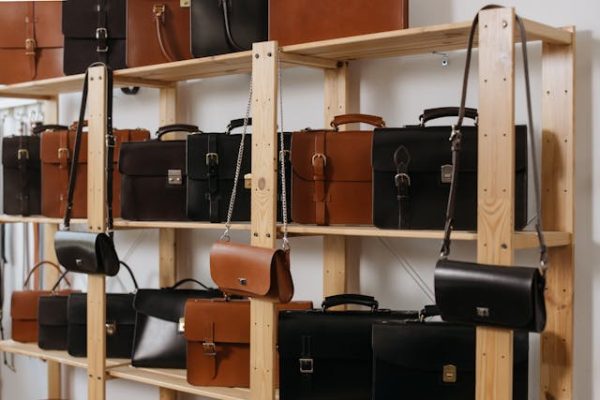
Skincare and cosmetics dupes have been trending for a number of years, with influencers substituting luxury goods for cheaper versions. While the ingredients on the labels tend to be similar, the key difference between the two tends to be the packaging, which in budget products is more minimal.
When it comes to wearable luxury goods like handbags, it isn’t what’s inside that matters so much as the item itself. At one time, counterfeits were relatively easy to spot and notorious for their poor quality, but in recent years, it’s become harder for consumers to identify which is which.
Spot the Difference
With online shopping, the sole point of reference might be a photograph, making it hard to assess quality without being able to check by hand. Luckily, there are a few resources (like this website) dedicated to helping savvy shoppers identify counterfeit goods. Expert authenticators are experienced in identifying copycat products (even from photographs), but it can also help to know some tell-tale signs, whether you’re shopping online or in person.
Third-Party Websites
On third-party websites selling luxury items, spelling errors may signal that something is amiss.
These may appear in the product description as well as the item itself (for example, a mis-spelt logo). Most importantly, check the URL, as a misspelling here could be an indicator that the site is unsafe to use and may even contain malware. Installing anti-virus software from a reputable company can help protect both you and your computer from scams.
Online Marketplaces
When using online marketplaces like eBay, Etsy, and Amazon, avoid items being sold in bulk. Don’t rely on photos, either: these may be stock images. If you are unsure, ask for more pictures, and always check the reviews.
Online marketplaces are using more rigorous vetting and detection techniques to identify and remove counterfeit items and to protect customers from being sold them. However, it may come as a surprise to learn that there are some shoppers who actively go in search of luxury dupes.
Counterfeits: A Risky Business
Luxury items are popular for their quality, durability, and prestige. These items are typically also expensive, and for shoppers on a budget, a convincing replica offers a way to access the world of luxe products without having to break the bank.
While these duplicates often come cheap, buying or selling them could come at a price. resulting in heavy fines and even prison. Additionally, those who cross international borders with fake luxury goods face customs officers who are likely to seize their items.
The Ethics of Fake Luxury
Counterfeit operations are often run by organized crime syndicates, and selling (or purchasing) fake luxury items indirectly contributes to the activities involved in manufacturing, production and shipping, including child labor and human trafficking.
From an environmental standpoint, the production of counterfeit goods frequently ignores sustainability measures that help to limit pollution. The resulting products are often poor quality, requiring replacement and creating waste.
Better Than the Real Thing?
Overall, it’s safer and more sustainable to buy authentic luxury goods. While these can be purchased new, sourcing items such as bags can also be done through thrift or vintage stores as well as reputable resellers online. Rather than following the latest trend you may even find a vintage rarity that is hard to get anywhere else.
